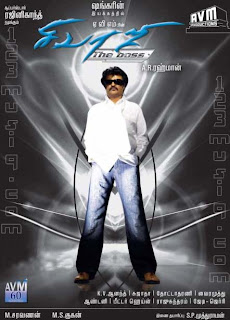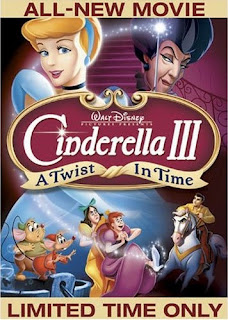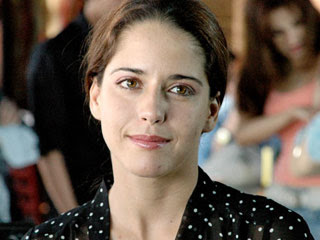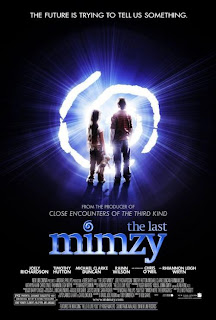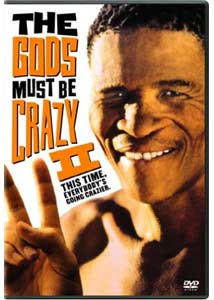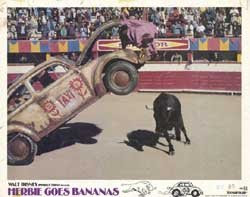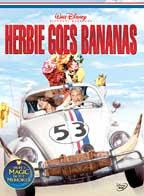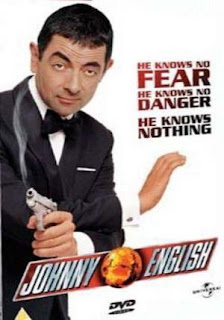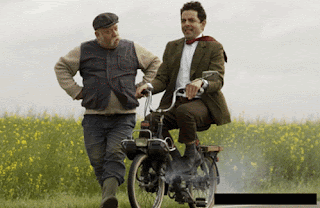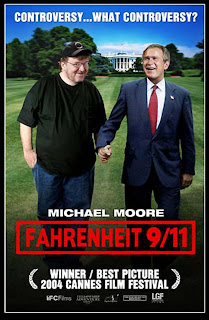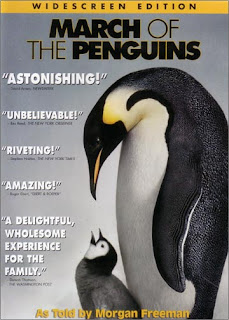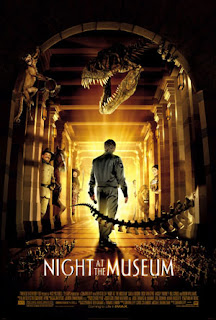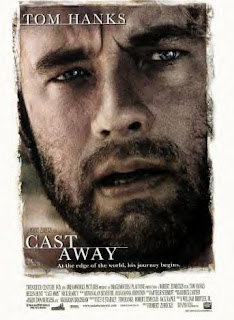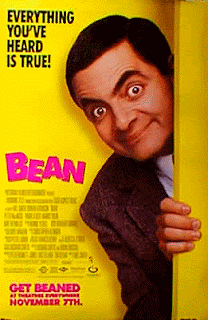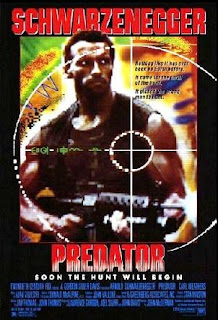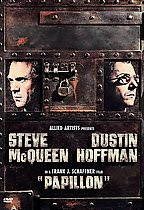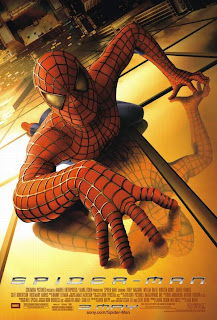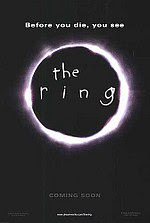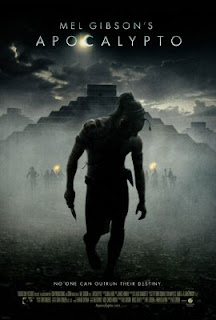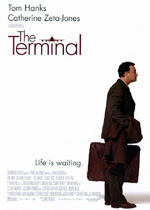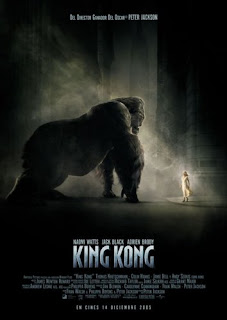

Based in Simla, the McNallys are an Anglo-Indian family consisting of Paul and his wife, Catherine. Both are full of joy when Catherine gives birth to a baby girl, Michelle, but their joy is short-lived when they are told that Michellle cannot see nor hear. Both attempt to bring up Michelle in their own protective way, as a result Michelle is not exposed to the real world, and becomes increasingly violent and volatile. Things only get worse when Catherine gives birth to Sara, and Paul considers admitting Michelle in an asylum. It is here that Debraj Sahai enters their lives. Through his eager involvement, Michelle blossoms, grows, gives up her violence, even gets admitted in school with normal children. The years pass by, Michelle does not succeed in getting her graduation, and it is time for Debraj to bid adieu as he is having his own health problems. 12 years later, at the age of 40, Michelle does succeed in graduating in Arts, and it is shortly thereafter she will be re-united with her teacher. No longer the same alcoholic, eccentric, - but a bent older male, who cannot even remember speech, leave alone what he taught. Watch what happens when Michelle attempts to re-enter his 'blank' life.
An unending darkness... A world of shadows... A ray of light that found its way... A teacher's dream... A student's miracle... A valiant journey... From ignorance to knowledge... From darkness to light... An extraordinary story of an ordinary life
* The shooting of the movie ran into trouble in Scenic Hill Resort, with authorities refusing to allow shooting in the premises of a heritage building. Indian Institute of Advanced Study (IIAS) refused permission to shoot in the 120-year-old building as the arc lights could affect the vice regal lodge heritage structure. The building was home to British viceroys from 1886 until 1947, after which it became the summer home of the president of India and since 30 years houses the IIAS.
* A fire broke out on the sets at Mumbai's Film City and four fire brigades were required to put out the fire.
* After declining Sanjay Leela Bhansali's first three films, Kareena Kapoor was finally accepted to do his film. Later on, Amitabh Bachchan refused to work with her because of the broken engagement of his son, Abhishek Bachchan and her sister, Karisma Kapoor so Rani Mukherjee stepped in.
* Rani Mukherjee wore dark-tinted contact lenses to cover up her famous green eyes.
* Sanjay Leela Bhansali named the film after his favorite color.
* The movie's title was registered with Kumar Gaurav; Sanjay Leela Bhansali approached him and requested him to relinquish the title, as he wanted it for his movies. Kumar felt that the film was bold and path breaking and wanted to render any help that he could to the film. Hence the reason Sanjay expressed his gratitude to Kumar Gaurav in the opening credits.
* At first, Rani Mukerjee refused to step in, because she felt that she was unable to play the character she was proposed
* Unusually for a work by Bhansali, there are no songs featured in this film. So the background score became of paramount importance to the composer, Monty . To create more of an uplifting aura for the deaf-blind-mute character of Michelle McNally, he used pianos and strings, but kept the voices in the chorus at a low octave. For Debraj Sehai's character, a fighting spirit needed to be vocalized, so Monty used a little-known Middle Eastern instrument called a duduk.
* The film is based on screenwriter Prakash Kapadia's Gujarati play "Aatam Vinjhe Paankh", which was inspired from "The Miracle Worker"
* Director Bhansali hoped to make a film that was an extension of his critically acclaimed (box office flop) debut film Khamoshi: The Musical (1996). Both were based on a visit he made to the Helen Keller Institute.
* Snow was essential for the story, so for the first part of the shoot, the entire unit went to Simla in mid-January. It was cold but there was no sign of snow. Since the unit could not wait around, kilos of salt bags bought from the local market and snow making machines from Bombay helped complete that schedule. The shooting would be done early at 4 am. And when the locals emerged they'd be amazed to see so much snow; it looked so authentic that they would touch it to check whether it was real. Dogs would come and lick the salt. The day after the unit left Simla, it snowed heavily.
* While the movie is supposedly set in Simla, and has an undefined time period, the time period is variable, and can be measured in part by the presence of Charlie Chaplin movies, which are being presented in the background. These movies include The Kid (1921) and The Gold Rush (1925), and while we do not know when they were released in India, they give us a general time period, although this might not fully explain the extravagant European setting of the area, even though the British Raj was still in force.


